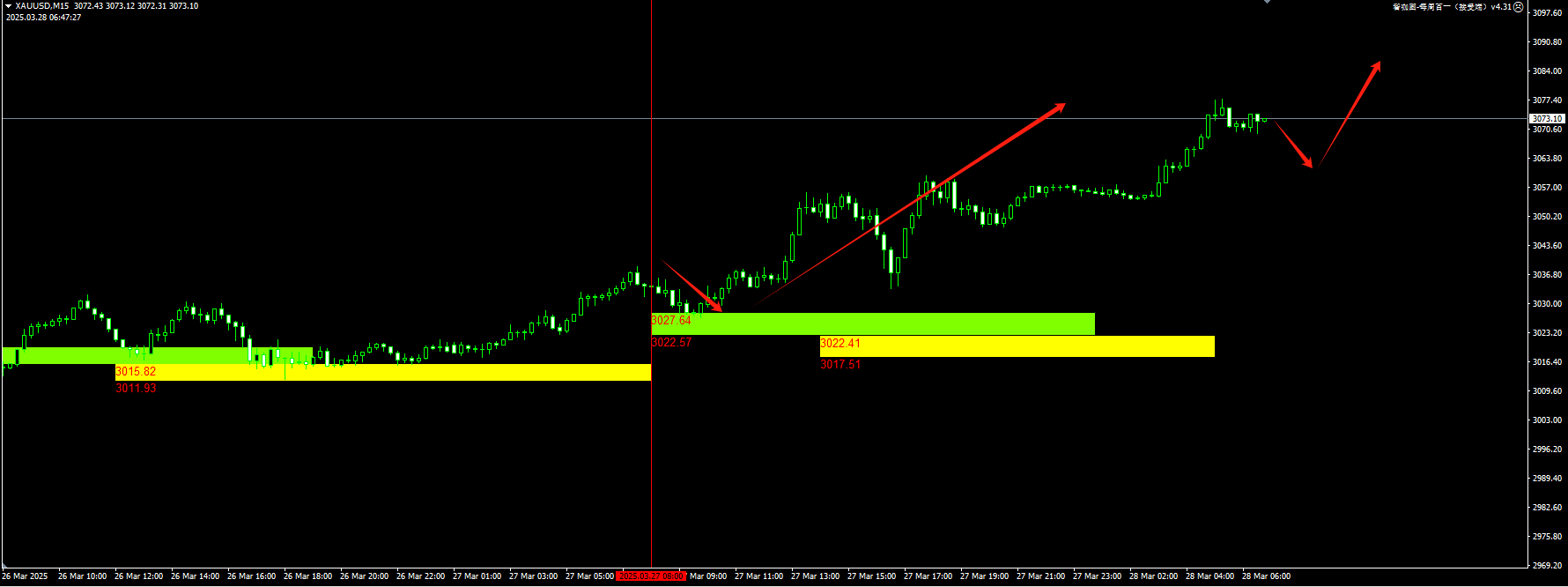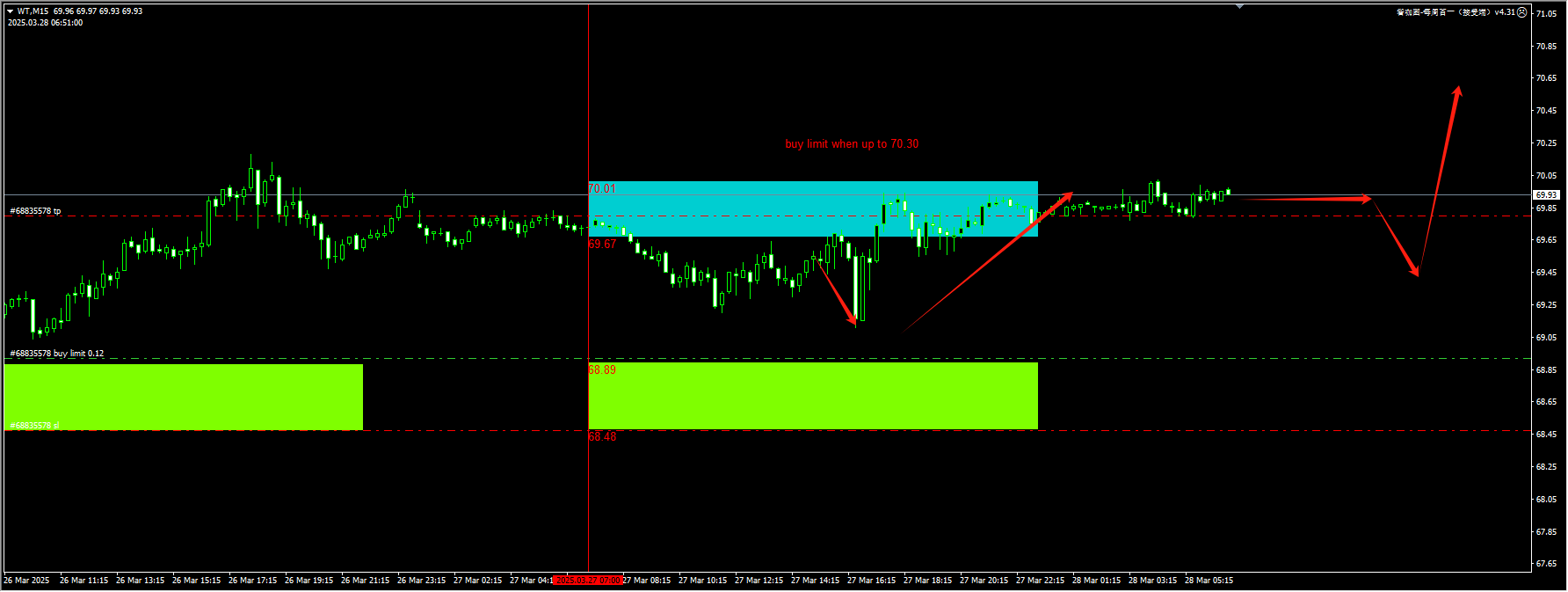Barclays said that the foreign exchange market has not yet fully reflected the impact of the upcoming US tariffs, including on the Chinese yuan and the Mexican peso.
For instance, according to the current tariff schedule, the RMB is undervalued against the US dollar by approximately 10%, wrote analysts led by Sheryl Dong in a report to clients.
Investors are bracing for a series of so-called reciprocal tariffs to be implemented on April 2, when the United States will impose tariffs on various countries to counter barriers on US imports. As the latest sign of escalating trade tensions, US President Donald Trump signed an order on Wednesday to impose a 25 percent tariff on auto imports.
Other tariffs targeting specific industries are also in the works. Trump has threatened to impose tariffs on wood, semiconductors and pharmaceuticals.
Barclays analysts wrote that in the extreme scenario including the possible imposition of sectoral tariffs, the Mexican peso could depreciate by 38% against the US dollar, the Chinese yuan by about 21%, and the Canadian dollar by 19%. As for the euro, the potential decline is estimated to be around 9%.
Due to the Federal Reserve’s deliberate tightening of liquidity and the cessation of currency swap operations, some emerging market currencies have come under pressure. However, the US dollar itself is also at risk of losing its status as the international reserve currency.
Deutsche Bank said that the Federal Reserve’s withdrawal of liquidity support would pose the greatest risk to the status of the US dollar as a reserve currency since the end of World War II.
Reuters this week, citing unnamed sources, said that the European Central Bank and regulatory officials held informal discussions about the possibility that the Trump administration might urge the Federal Reserve to withdraw from global funding markets during periods of market stress.
There are no signs that the Trump administration wants the Fed to reduce the so-called swap lines that the central bank provided during past crises. But the reported European discussions come at a time when the US is moving away from its European allies in other respects. George Saravelos, head of foreign exchange research at Deutsche Bank, wrote in a note to clients on Thursday that even if the Fed does not act, any concerns about the reliability of the swap lines could hurt the dollar.

Saravelos wrote: “If such concerns take hold among the US’s Western allies, it could generate the most significant global push to de-dollarize since the post-war global financial architecture was established.”
Currency swap lines were first introduced in the 1960s, allowing global institutions to borrow US dollars in exchange for their own currencies, thereby easing the demand for the dollar during periods of financial stress. As the financial crisis intensified, the Fed’s support through these lines was restored in 2007 and has long been regarded as an important backstop during times of market turmoil (though rarely utilized).
At present, the European Central Bank, the Bank of Japan, the Bank of Canada, the Bank of England and the Swiss National Bank have standing swap arrangements with the Federal Reserve. During the most severe period of market turmoil caused by the pandemic in early 2020, these swap lines were also extended to other central banks, including the Bank of Korea, the Central Bank of Brazil and the Bank of Mexico.
Saravelos pointed out that the Federal Reserve is fully responsible for its plans. But he said that the Trump administration could exert indirect influence on the central bank – either through “moral persuasion” or through the council members appointed by Trump.
Saravelos added that if the Federal Reserve were to choose to stop providing liquidity support under current pressure or attempt to use this tool as an exchange condition for achieving other policy goals of the United States, it would have far-reaching implications. As global institutions scramble to obtain US dollar funds, the US dollar would appreciate significantly, thereby driving up demand. This could also lead to the “dumping” of US assets that are often hedged in the foreign exchange swap market.
Most importantly, doubts about the Fed’s outstanding role as the world’s lender of last resort will “accelerate efforts by other countries to reduce their reliance on the US financial system,” Saravelos wrote. He pointed out that China and Russia are two major economies that do not have swap lines with the Fed and have accumulated non-US foreign exchange reserves and de-dollarized their economies in recent decades.
The Federal Reserve also offers other facilities aimed at easing global market liquidity problems. In March 2020, the Federal Reserve established repo agreement operations with a broader range of foreign institutions, which became a permanent operation in July 2021. This facility allows foreign institutions to exchange the US Treasury bonds they hold at the Federal Reserve for US dollars, rather than forcing them to liquidate US Treasury bonds or use the private repo market during periods of stress.
Technical analysis:
Gold: We clearly indicated the green low-buy zone in the plugin yesterday, which was in the 3022-3027 range. As a result, after the price entered this range, it immediately initiated a strong upward movement. We gained a profit space of 50 dollars with a stop-loss space of 5 dollars. For today’s trading, we will continue to monitor the performance of the bulls when the price retraces to around 3050. For detailed positions, please consult the plugin.

(Gold 15-minute chart)
The plugin is updated from 12:00 to 13:00 every trading day. If you want to experience the same plugin as shown in the chart, please contact V: Hana-fgfg.
The Nasdaq index: The overnight price remained around 20,000, consolidating after some liquidity was cleared, but a rebound did not occur. Therefore, do not rush to buy intraday. Wait for the price to recover above 20,100 before considering a bullish signal. For detailed positions, please consult the plugin.

(NASDAQ 15-minute chart)
The plugin is updated from 12:00 to 13:00 every trading day. If you want to experience the same plugin as shown in the chart, please contact V: Hana-fgfg.
Crude oil: As expected, the price has once again tested the 69 level and then started to rebound. It can be seen that there are signs of a liquidity sweep and a subsequent rise overnight. Therefore, we will continue to keep the low-buy limit order unchanged for today and wait for a breakthrough and stabilization above 70.00/30 before considering a long position signal. For detailed positions, please consult the plugin.

(Crude Oil 15-Minute Chart)
The plugin is updated from 12:00 to 13:00 every trading day. If you want to experience the same plugin as shown in the picture, please contact V:Hana-fgfg.
Today’s key financial data and events to focus on:
15:00 UK January Trade Balance (in millions of pounds)
15:00 Germany’s GfK Consumer Confidence Index for April
15:00 UK February seasonally adjusted retail sales
15:45 France March consumer price index preliminary value
15:55 Germany’s seasonally adjusted unemployment rate for March (official)
20:30 Canada January GDP (MoM)
20:30 US Personal Consumption Expenditures Price Index for February
22:00 The final reading of the University of Michigan’s Consumer Sentiment Index for March in the United States
